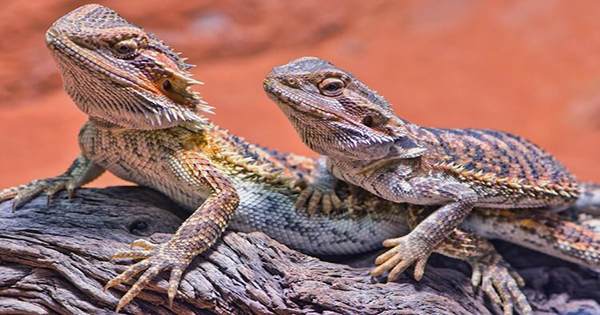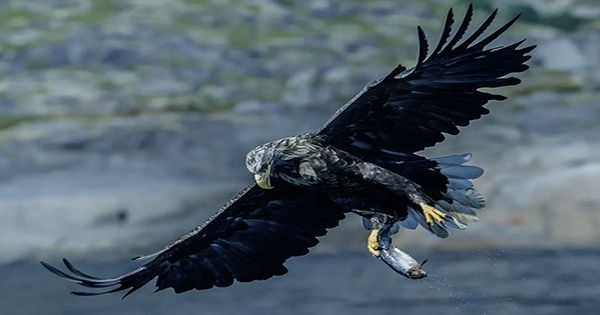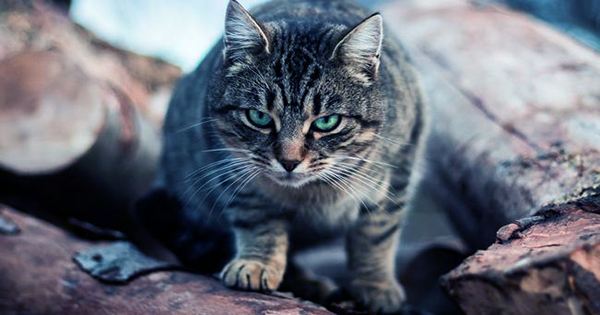The central bearded dragons of Australia have an unusual technique for establishing their sex, and a new study has discovered that it is even weird than previously thought. Dragons become female not because of the sequence of a critical gene, as other animals do, but because of the way, surrounding stretches of DNA interfere with its coding — a hitherto unknown phenomenon. Humans, like other mammals, have a genetic basis for determining our sex – though it is not necessarily as straightforward as the XX=female and XY=male story presented in introductory genetics. Some reptiles use chromosomes as well, but the temperature at which eggs are incubated determines sex in others.
For the past 20 years, scientists have been fascinated with central bearded dragons (Pogona vitticeps), which use genetics to produce nearly equal numbers of males and females at normal temperatures, but females dominate in the heat. Scientists have been investigating this for years, but new research published in the Proceedings of the National Academy of Sciences reveals that even genetic mechanisms do not act the same way in every single known animal. Male reptiles have two Z chromosomes and females have a Z and a W when not reliant on temperature. IFLScience spoke with Professor Jenny Graves of Latrobe University, who said: “We decided to investigate how dragons determine genetic sex at normal temperatures.” We speculated that it might be dose-dependent, as in birds, where having two copies of the gene generates a male and only one makes a female.”
However, locating the relevant gene proved difficult. The most likely suspect was nr5a1, which is involved in determining sex in a variety of species. However, sequencing indicated that nr5a1 on the Z and W chromosomes are identical. Nonetheless, the two chromosomes are plainly different as a whole. “We can see the W is bigger than the Z down the microscope because it’s packed of repetitive sequences,” Graves explained. Graves and co-authors found that nr5a1 is important, but its placement is crucial, after seven years of research. It codes for a protein that makes dragons male with a single mRNA isoform on the Z chromosome. On the W, though, it is “in a horrible neighborhood,” as Graves puts it.
The surrounding sequences cause it to produce 16 different mRNA isoforms, several of which are “truncated,” according to Professor Arthur Georges of the University of Canberra. These abbreviated isoforms disrupt the regular one, not just on their own chromosome but also on those produced by the Z. As a result, the proteins that would otherwise make a dragon male are blocked. “Rather than the base sequence of a sex gene determining sex in humans and every other animal we know about, it was about the gene’s kinky chromosomal ‘neighborhood’ in the dragon lizard,” Graves said in a release.
Both Graves and Georges concede that they are not sure how this links to temperature-dependent sex determination, assuming it exists, and the bizarre changes in female behavior and body structure that result. They are also unsure if doing things this way has any evolutionary benefits, with Georges telling IFLScience, “Anything that pushes a species in a favourable direction will be embraced.” Graves has two other publications in the same issue of PNAS regarding the Earth BioGenome Project, a massive attempt to sequence the genomes of all known living forms. The goals discussed in one publication, while the other covers why it is worthwhile to sequence at least 1.8 million species rather than one representative from each family, according to Graves.
Although the publications submitted separately from the dragon study and Graves is the only overlapping author, Graves believes the dragon research is “a fantastic example of why we should sequence everything.” Even P. vitticeps’ closest relatives, as far as we know, do not exhibit the same unusual sex selection, and we would have missed this strange event if we had sequenced another lizard. Furthermore, Graves points out that the construction of such a large database allows for remarkable opportunities for cross-species comparisons to explain unusual characteristics.
















